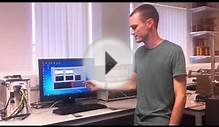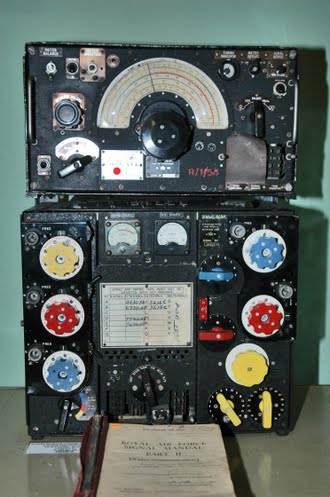Why another text on solid state devices? The author is aware of at least 14 undergraduate texts published on the subject during the past decade. Although several motivating factors could be cited, a very significant factor was the desire to write a book for the next millennium (a Book 2000 so to speak) that successfully incorporates computer-assisted learning. In a recent survey, members of the Undergraduate Curriculum Committee in the School of Electrical and Computer Engineering at Purdue University listed integration of the computer into the learning process as the number one priority. Nationally, university consortiums have been formed which emphasize computer-assisted learning. In January 1992, distribution began of the Student Edition of MATLAB, essentially a copy of the original MATLAB manual bundled with a low-cost version of the math-tools software. Over 37, 000 copies of the book/software were sold in the first year! Texts and books on a variety of topics from several publishers are now available that make specific use of the MATLAB software. The direction is clear as we proceed into the second millennium: Computer assisted learning will become more and more prevalent. In dealing with solid state devices, the computer allows one to address more realistic problems, to more readily experiment with "what-if" scenarios, and to conveniently obtain a graphical output. An entire device characteristic can often be computer generated with less time and effort than a small set of manually calculated single-point values.
RELATED VIDEO

 The Plessey Company plc was a British-based international electronics, defence and telecommunications company. It originated in 1917, growing and diversifying into electronics. It expanded after the second world war by acquisition of companies and formed overseas...
The Plessey Company plc was a British-based international electronics, defence and telecommunications company. It originated in 1917, growing and diversifying into electronics. It expanded after the second world war by acquisition of companies and formed overseas...